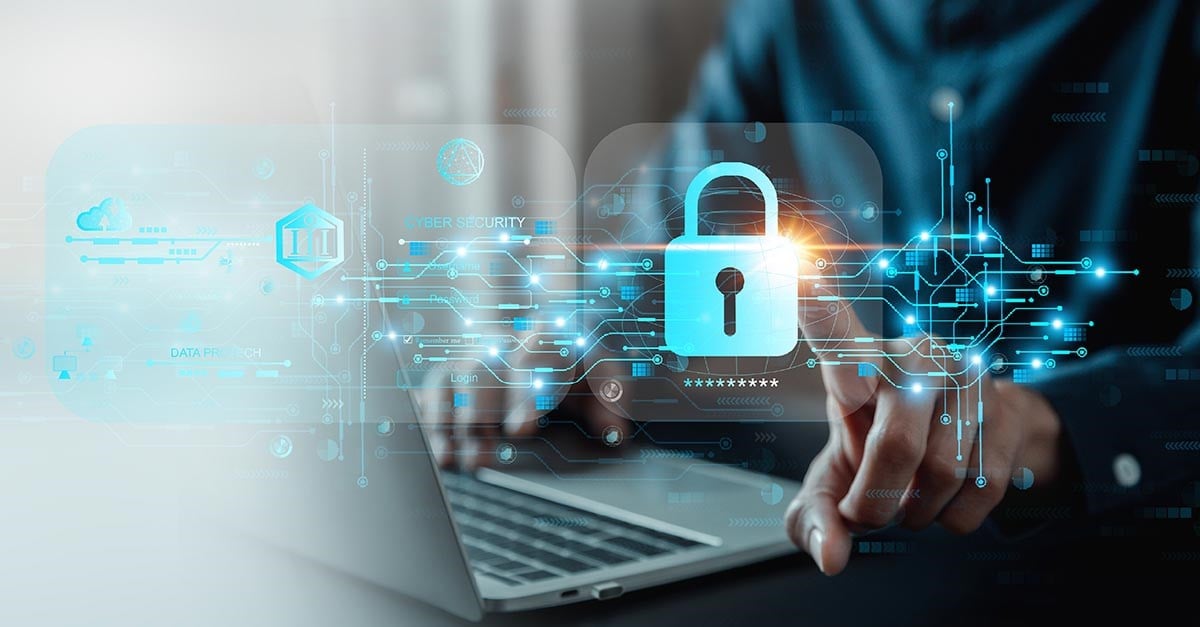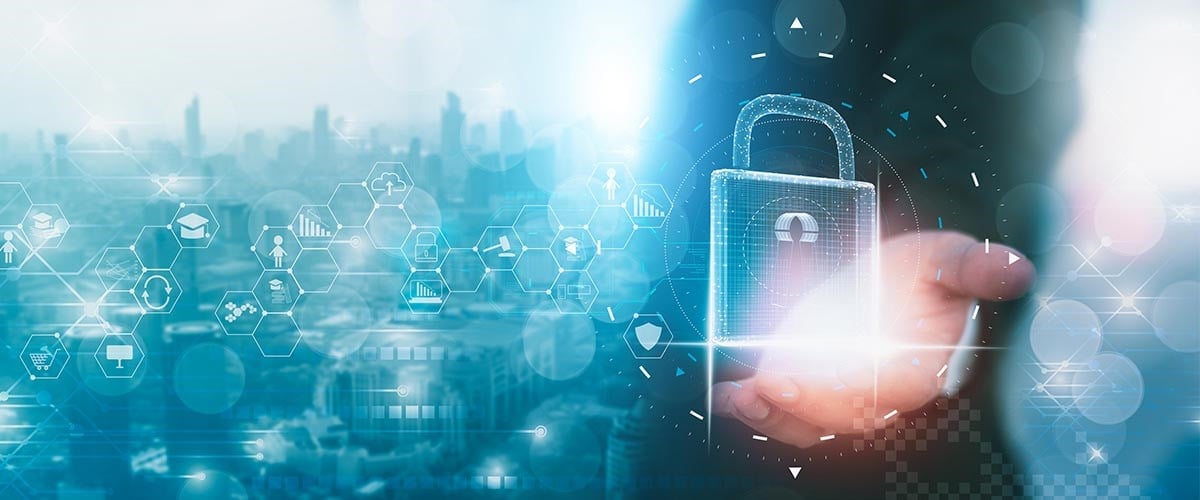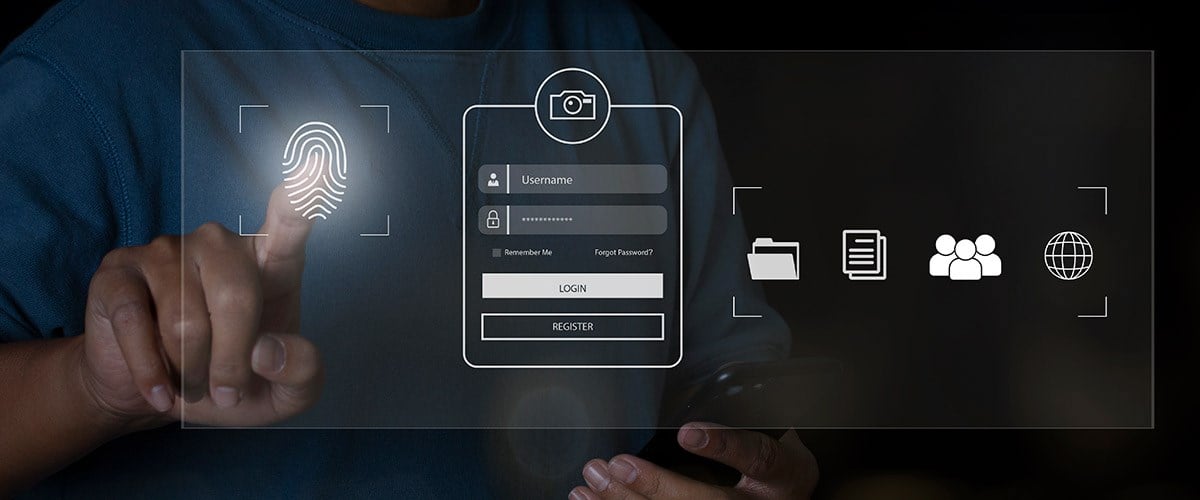
In the digital age, where passwords can be forgotten, stolen, or hacked, biometric authentication methods have emerged as a convenient and secure alternative. From fingerprint recognition to facial and iris scanning, biometrics offer an innovative approach to verifying and granting access. However, as with any technology, there are advantages and potential risks to consider. In this article, we explore the adoption, advantages, and risks of biometric authentication, and provide tips to ensure the responsible and secure implementation of these technologies.
Adoption of Biometric Authentication Methods
Biometric authentication methods have witnessed a significant increase in adoption across various industries. Fingerprint recognition, facial recognition, and iris scanning have become commonplace in devices such as smartphones, laptops, and even entry points in physical spaces. The integration of biometrics has streamlined access control and offers a seamless user experience. Here are a few examples of where biometric authentication has found widespread application in various industries and sectors:
- Smartphones & Laptops: Apple was one of the first to incorporate fingerprint recognition (Touch ID) and facial recognition (Face ID) into their devices, providing users with secure and convenient biometric authentication methods for unlocking, authorizing app purchases, and accessing sensitive data. Microsoft quickly followed with Windows Hello—a more secure way to get instant access to Windows devices using facial recognition or fingerprint. Microsoft then added Windows Hello for Business, which is configured by group policy or mobile device management (MDM) policy and always uses key-based or certificate-based authentication. Today, most smartphones, laptops, and operating systems offer some form of biometric authentication.
- Financial Institutions: Banks and financial institutions worldwide have implemented biometric authentication to enhance security and streamline customer authentication. Most banks integrate fingerprint or iris scanning technology into their mobile banking apps for secure login and transaction verification.
- Transportation and Travel: Biometric authentication has been implemented in various transportation and travel systems for enhanced security and efficiency. Airports and border control agencies have adopted biometrics such as facial recognition to verify passengers' identities and expedite the immigration process.
- Healthcare: Biometric authentication has been used to ensure secure access to electronic health records, protect patient privacy, and prevent unauthorized access to sensitive medical information. Biometric authentication methods, such as fingerprint scanning or palm vein recognition, have been deployed in hospitals and healthcare facilities.
- Government and Law Enforcement: Biometric authentication has found applications in government services and law enforcement agencies. Some countries have implemented biometric systems for passport and visa issuance, enabling secure identity verification during international travel.

Advantages and Potential Risks Associated with Biometrics
Biometric authentication offers advantages such as enhanced security, convenience, and improved user experience:
- Enhanced Security: Everyone’s biometric data, such as fingerprints, facial features, or iris patterns, is unique, making it difficult for unauthorized users to replicate or bypass the system. Unlike passwords or PINs, which can be forgotten, stolen, or guessed, biometrics provide a highly individualized and difficult-to-replicate form of authentication, reducing the risk of unauthorized access.
- Convenience: With biometrics, individuals no longer need to remember complex passwords or carry physical tokens for authentication. Instead, they can simply use their own biological characteristics for seamless and quick verification.
- Improved User Experience: Biometric authentication methods, such as fingerprint recognition or facial scanning, provide a streamlined and efficient user experience, saving time and effort in accessing devices, applications, or physical spaces. This convenience not only enhances user satisfaction but also increases productivity in various domains.
However, alongside these advantages, there are potential risks associated with biometric authentication that need to be considered:
- Privacy: Collecting and storing biometric data, which is highly personal and unique to each individual, raises privacy concerns. Organizations must handle biometric data with utmost care, implementing robust security measures and strict data protection protocols to prevent unauthorized access, misuse, or breaches. It is crucial to maintain transparency and obtain clear consent from individuals regarding the collection, storage, and usage of their biometric information to ensure privacy rights are respected.
- Biometric Spoofing or Falsification: Despite advancements in biometric technology, not all systems are entirely foolproof and can be vulnerable to spoofing techniques. Biometric spoofing refers to attempts to deceive the system by using fake or manipulated biometric data. For example, high-resolution photos or synthetic fingerprints created through various means can potentially fool certain biometric systems.

Tips for Responsible and Secure Implementation of Biometric Technologies
By implementing robust privacy safeguards, transparent policies, and staying vigilant about emerging threats, the responsible and secure implementation of biometric technologies can be achieved, enabling individuals and organizations to leverage the benefits of biometrics while protecting sensitive biometric data. To ensure the responsible and secure implementation of biometric technologies, consider the following tips:
- Prioritize Data Protection: Organizations must adopt robust data protection measures, including encryption and secure storage, to safeguard biometric data from unauthorized access or breaches.
- Transparent Consent and Clear Policies: Individuals should be informed about the collection, storage, and usage of their biometric data. Organizations must establish clear policies regarding data retention, sharing, and deletion.
- Multifactor Authentication: Combining biometrics with other authentication factors, such as passwords or tokens, adds an extra layer of security and minimizes the risks associated with relying solely on biometric data.
- Regular Updates and Patches: Manufacturers and organizations should ensure regular updates to biometric systems to address vulnerabilities and security flaws as they arise.
- Ongoing Monitoring and Auditing: Regular monitoring and auditing of biometric systems can help identify potential issues, detect breaches, and ensure compliance with relevant data protection regulations.

Conclusion
Biometric authentication methods have revolutionized the way we verify our identities in the digital age. While offering enhanced security and convenience, they also come with their unique set of risks and challenges. Striking the right balance between convenience and security requires responsible implementation, robust data protection measures, and user education. By following best practices and staying informed about the evolving landscape of biometric technologies, individuals and organizations can leverage the benefits of biometrics while ensuring the privacy and security of sensitive biometric data.
Kensington offers a line of world-class biometric security products that provide substantially higher assurance for security-conscience consumers and enterprise customers. If you are ready to secure your IT infrastructure but are unsure of the best way to protect your data, our team is here to help.
Learn more about Kensington’s Biometric Security Solutions
